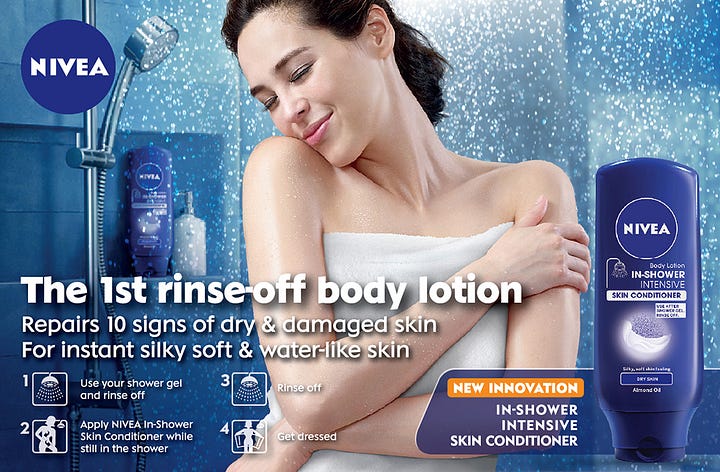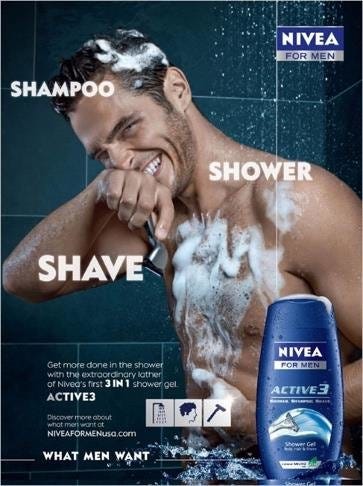17. Men from Mars, Women from Venus ?
Exploring the role of gender in consumer behavior and preferences.
We all know that men and women have different behaviors and preferences. Therefore, marketing campaigns often consider the gender of the audience they are targeting.
Research has found several aspects of consumer behavior that differ for men and women:
1. Purchase Motivations:
A study published in the Journal of Marketing Research found that gender affects the perception of brand personality traits. Women preferred brands they perceived as sincere and reliable, while men were more attracted to brands associated with ruggedness.
Example: Jeep vehicles often target men by highlighting their masculinity and adventurousness. On the other hand, brands like Volvo that emphasize safety and reliability might appeal more strongly to females, who prioritize security for themselves and their families.


2. Decision-Making Process:
Research has shown that women tend to engage in more extensive information searches and consulting with friends or family before purchasing, seeking a consensus or broader approval. Men might make quicker decisions once they have the information they need.
Women were found to be more holistic in their purchasing considerations, considering a product's practical and emotional aspects. Men were focused more on the product's functional and specific attributes.
Example: Before purchasing a new smartphone, a woman might read online reviews, ask for opinions from friends, and compare several models based on user experience. A man might compare the technical specifications and pricing of a few models and purchase based on what offers the best value for money.


3. Response to Marketing:
Research on gender and advertising revealed that women are more likely to be influenced by emotional content, storytelling, and community aspects. At the same time, men prefer ads that showcase a product’s features and efficiency.
Example: A skincare ad that tells a story about a woman finding confidence in her own skin through a particular product might resonate more with female consumers. Meanwhile, a straightforward ad emphasizing the scientific innovation behind a new razor might catch more attention from male consumers.


4. Shopping Behaviour:
Research suggests that women view shopping as a leisure activity and are more engaged in the process, while men treat it as a task to be completed efficiently.
Women often enjoy the shopping process more than men, which can influence the effectiveness of marketing campaigns that encourage browsing and prolonged engagement with a brand. Conversely, men might prefer a more streamlined shopping experience emphasizing quick, efficient transactions.
Example: During a visit to a department store, a woman might browse multiple sections, try on various items, and make the shopping a social event by going with friends. A man might go to the store with a specific item in mind, find it, buy it, and leave, treating the shopping as a task.
5. Brand Loyalty:
According to a study published in the “Journal of Marketing,” women display higher levels of loyalty to brands they trust and feel an emotional connection with. In contrast, product pricing and functionality influence men's loyalty.
Example: A woman might consistently purchase makeup from the same brand because she trusts their products for her skin type and appreciates their customer loyalty program. On the other hand, a man might choose a new brand of sports equipment based solely on a recent promotion offering better prices, showing less brand loyalty.


Note that these conclusions are based on research conducted on a limited sample size and may not be universally applied to every person. There are exceptions to every generalization.
A growing school of thought also advocates for phasing out gender stereotypes and for brands to do more "neutral" advertising. The UK's Advertising Standards Authority published a report on how gender stereotyping in advertising "can lead to unequal gender outcomes in public and private aspects of people's lives.”
While these gender differences can help brands cater to men and women in unique ways, they should ensure their messaging is inclusive and does not negatively stereotype or discriminate between groups.
If you liked this newsletter, you may also enjoy reading these -




